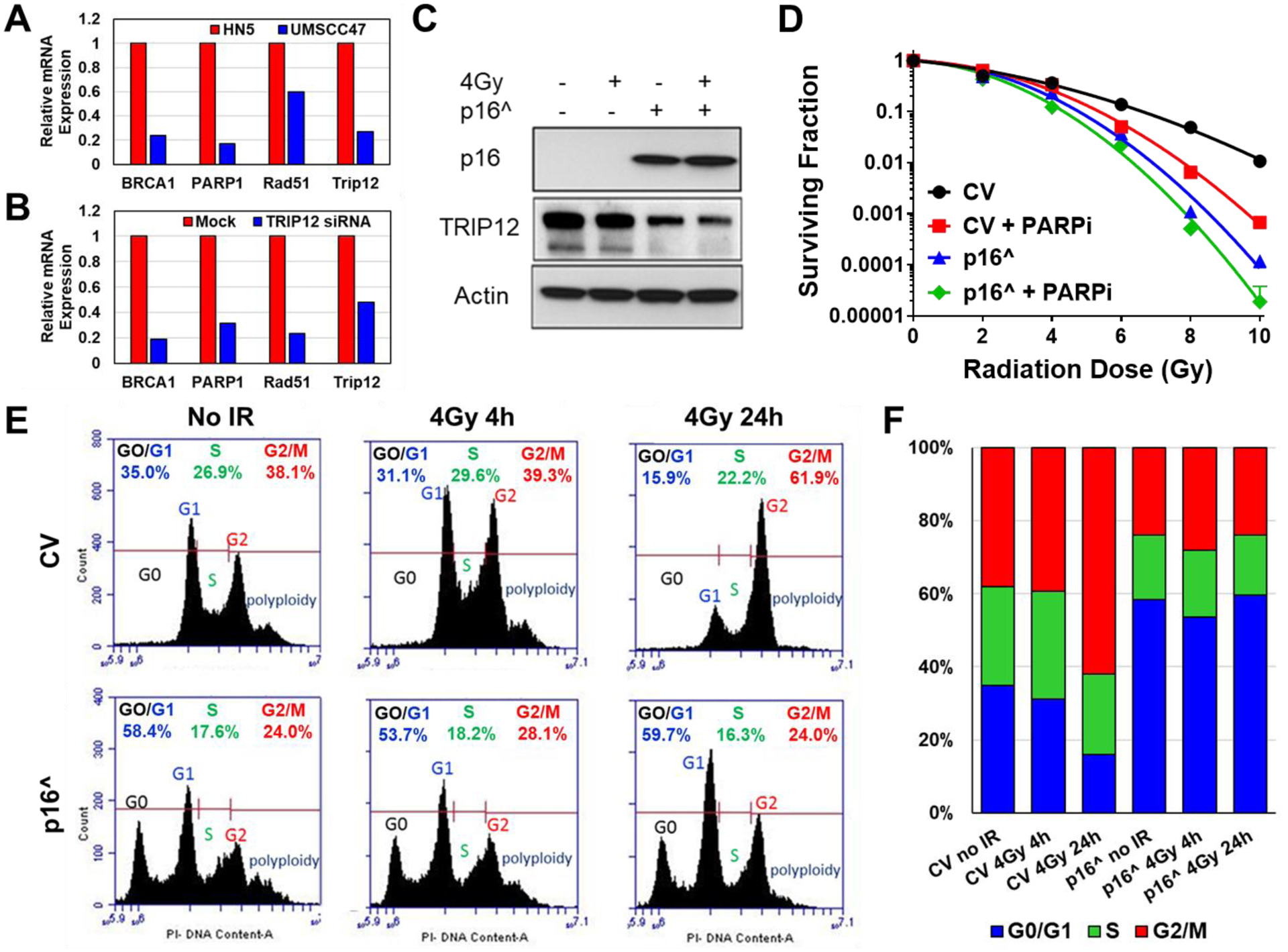Figure 2: Exogenous expression of p16 in HPV(−) cells down-regulates HR proteins through TRIP12 and limits niraparib radioenhancement by blocking G1/S transition.

(A) PCR array comparing relative mRNA expressions in HPV(+) UMSCC47 (blue) normalized to HPV(−) HN5 (red). (B) PCR array comparing relative mRNA expressions in HPV(−) HN5 following siRNA knockdown of TRIP12 (blue) normalized to HN5 mock transfected (Mock). (C) Western blot following p16 overexpression (p16^) in HN5 cells. (D) p16 was overexpressed in HN5 cells then treated with 1μM niraparib (PARPi) for 1h followed by irradiation with 0–10Gy and replated 24h later for colony formation. (E) Cell cycle histograms following p16 overexpression and IR in HN5 cells. (F) Cell cycle distribution from E.
